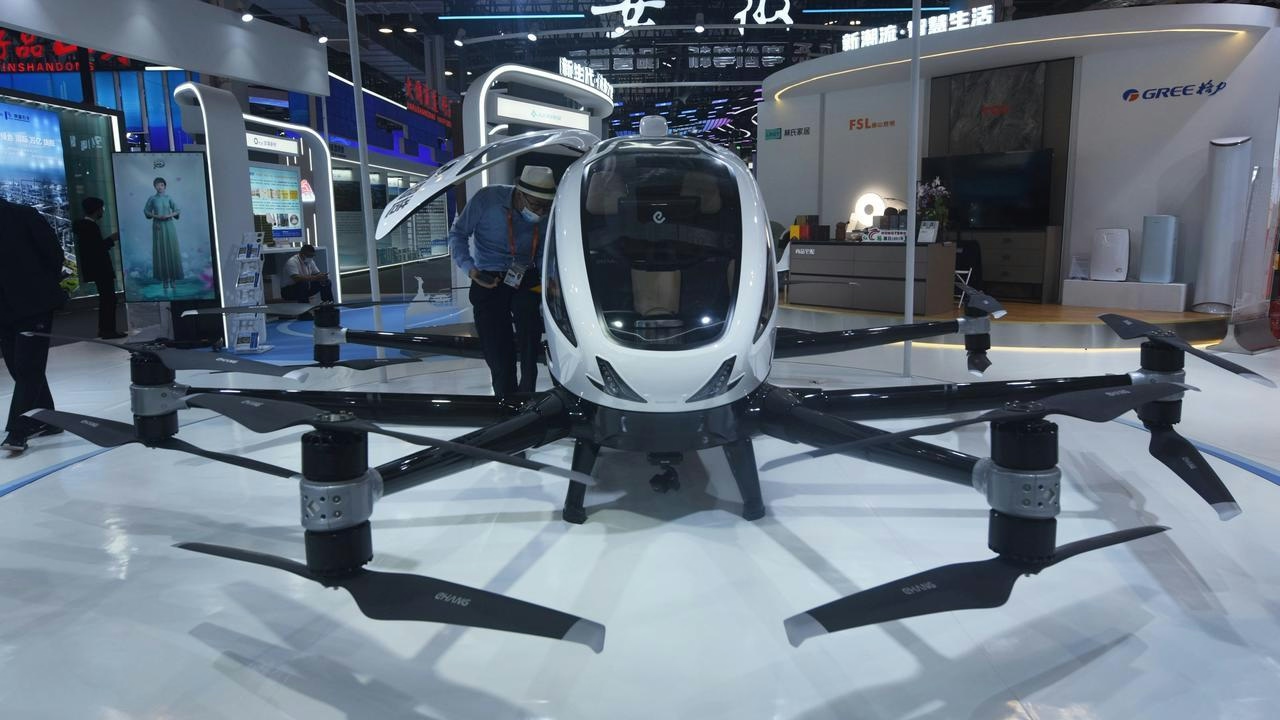
AeroGenie: il tuo copilota intelligente.
Tendenze
Categories
VAI Calls for Prompt FAA Review of Low-Altitude Vertical Flight Routes
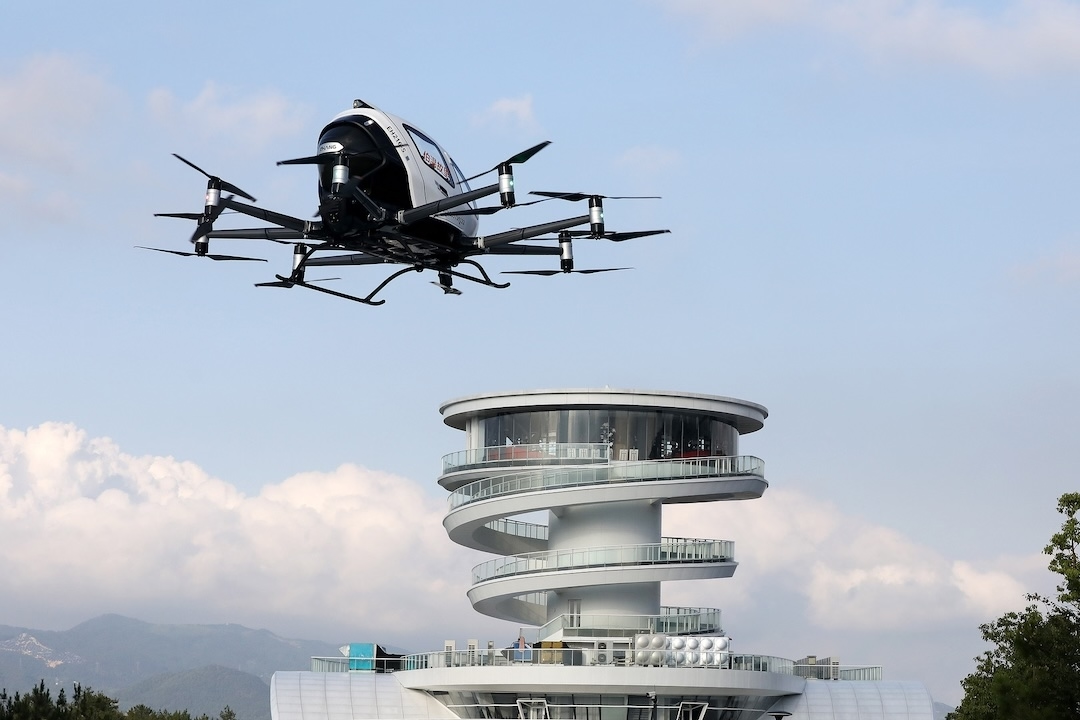
VAI Calls for Prompt FAA Review of Low-Altitude Vertical Flight Routes
Urgency for Modernizing Low-Altitude IFR Operations
Vertical Aviation International (VAI) has called on the Federal Aviation Administration (FAA) to accelerate the implementation of new regulations supporting low-altitude instrument flight rules (IFR) operations for rotorcraft and powered-lift aircraft. Speaking before the U.S. House Subcommittee on Aviation during the hearing titled “FAA Reauthorization Act of 2024: Stakeholder Perspectives on Implementation One Year Later,” VAI stressed the importance of timely action on Section 627 of the 2024 FAA Reauthorization Act. This section mandates the modernization of low-altitude IFR routes through performance-based navigation, a critical step to enhance safety and efficiency in increasingly congested airspace.
Cade Clark, VAI’s chief government affairs officer, urged the FAA to prioritize this initiative, particularly in high-density airspace, and to align it with broader air traffic control modernization efforts. Clark emphasized that implementing Section 627 is essential for enabling rotorcraft and powered-lift aircraft to operate safely and predictably. He further noted that these advancements would facilitate the integration of advanced technologies and next-generation vertical flight aircraft into a modern, performance-based airspace system.
Implications for Public Safety and Industry Dynamics
Clark highlighted the vital role vertical flight aircraft play in public safety and emergency response, citing that nearly 1,000 helicopters were contracted for federal wildfire response missions in 2024 alone. He underscored that dependable low-altitude IFR routes are crucial for disaster response, firefighting, medical evacuations, and maintaining infrastructure resilience.
VAI’s appeal for swift FAA action arrives amid heightened industry attention on regulatory developments. The association’s advocacy may prompt competitors to reevaluate their operational strategies, as the modernization of IFR routes has the potential to reshape both operational standards and market dynamics. Observers anticipate increased scrutiny from regulators and market participants alike, with the FAA’s review likely to influence future regulations governing vertical flight operations.
VAI reaffirmed its commitment to working collaboratively with Congress, the FAA, and industry stakeholders to ensure that Section 627 is implemented with urgency, transparency, and technical rigor. The association emphasized that prompt action is necessary to address growing public service and commercial demands while preserving the safety and efficiency of the national airspace as new technologies and aircraft enter the market.
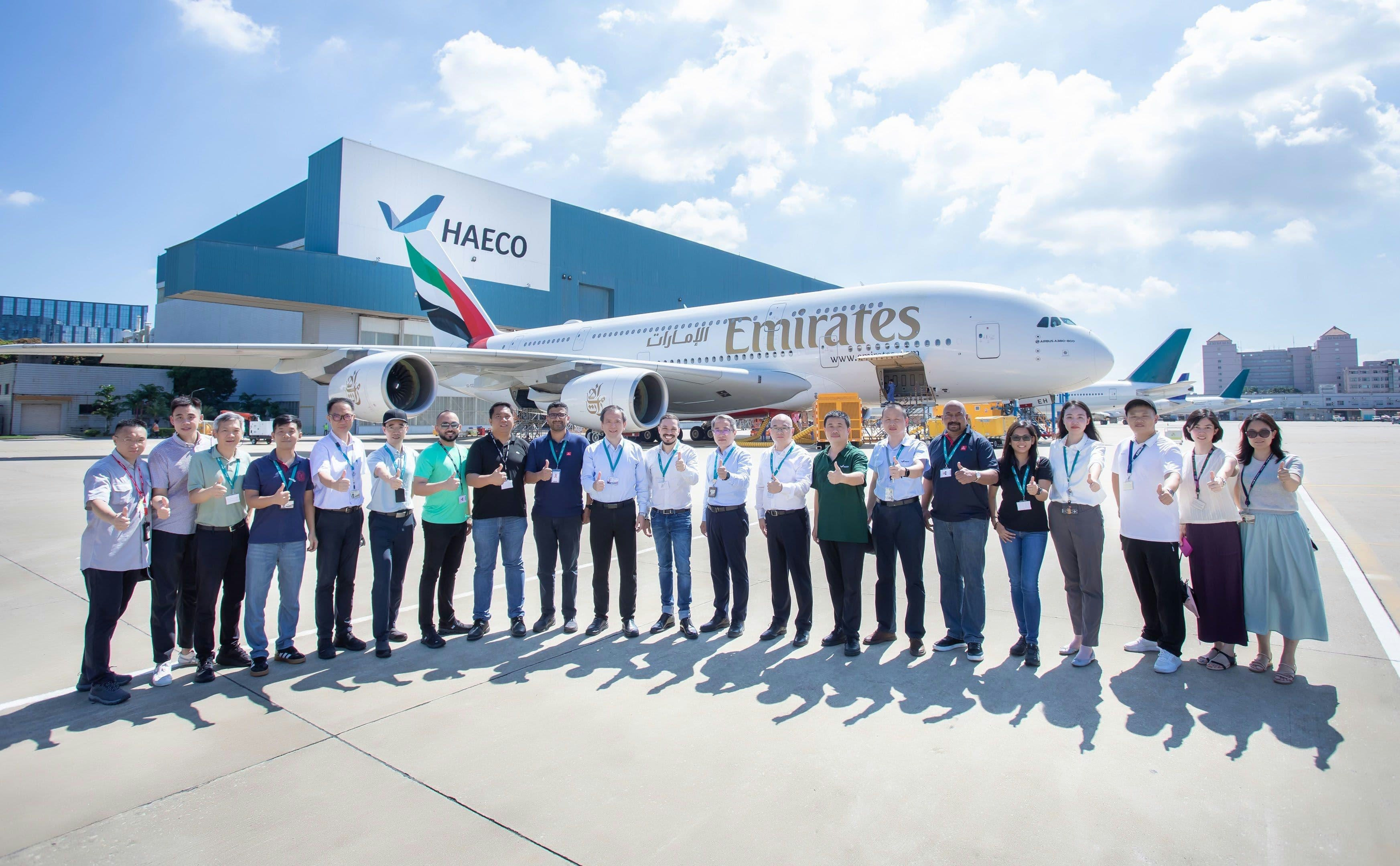
Collins Aerospace and Emirates Extend A380 Landing Gear Maintenance Agreement

CDB Aviation Leases Four A320neo Aircraft to Marabu Airlines
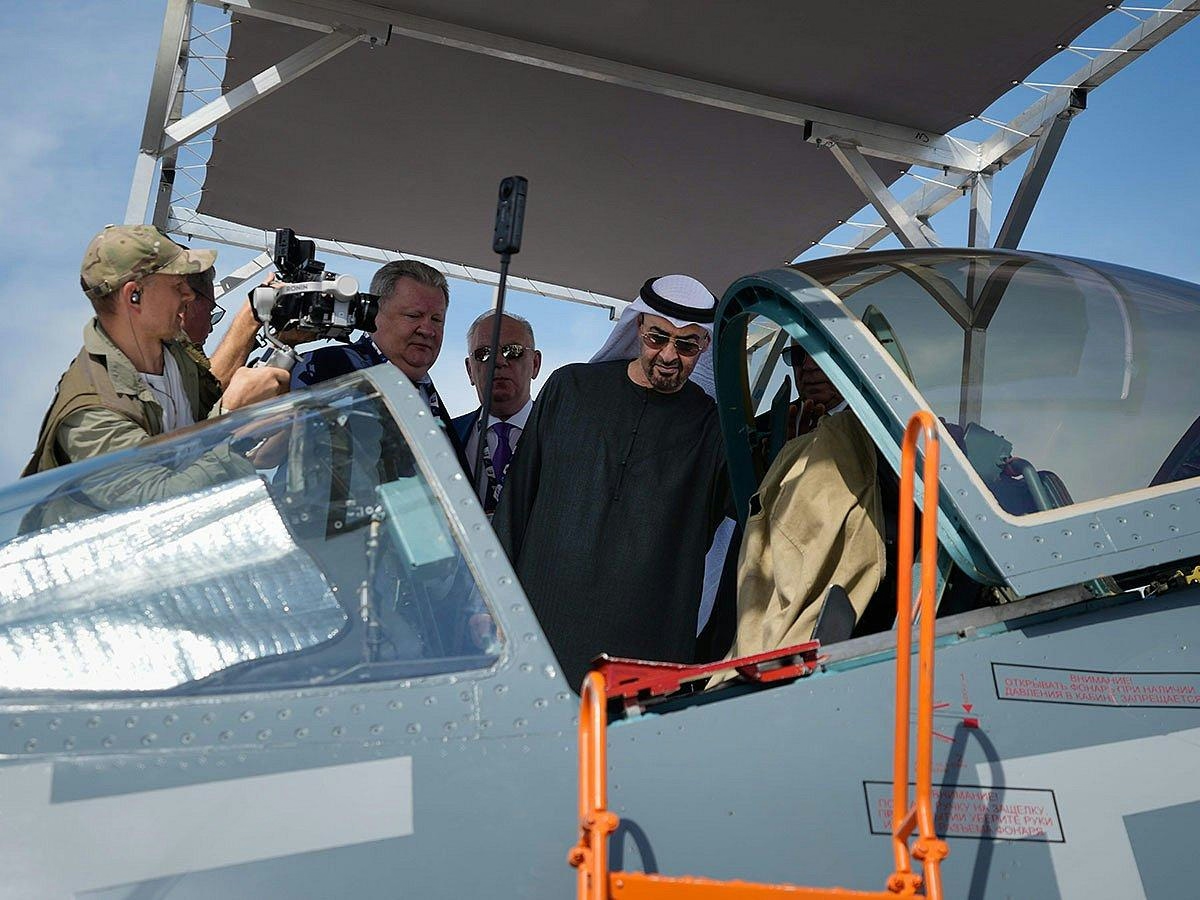
Sheikh Mohammed Visits Dubai Airshow Highlighting Innovation and Expertise

Archer Provides Electric Air Taxi Powertrain for Anduril’s Omen Concept
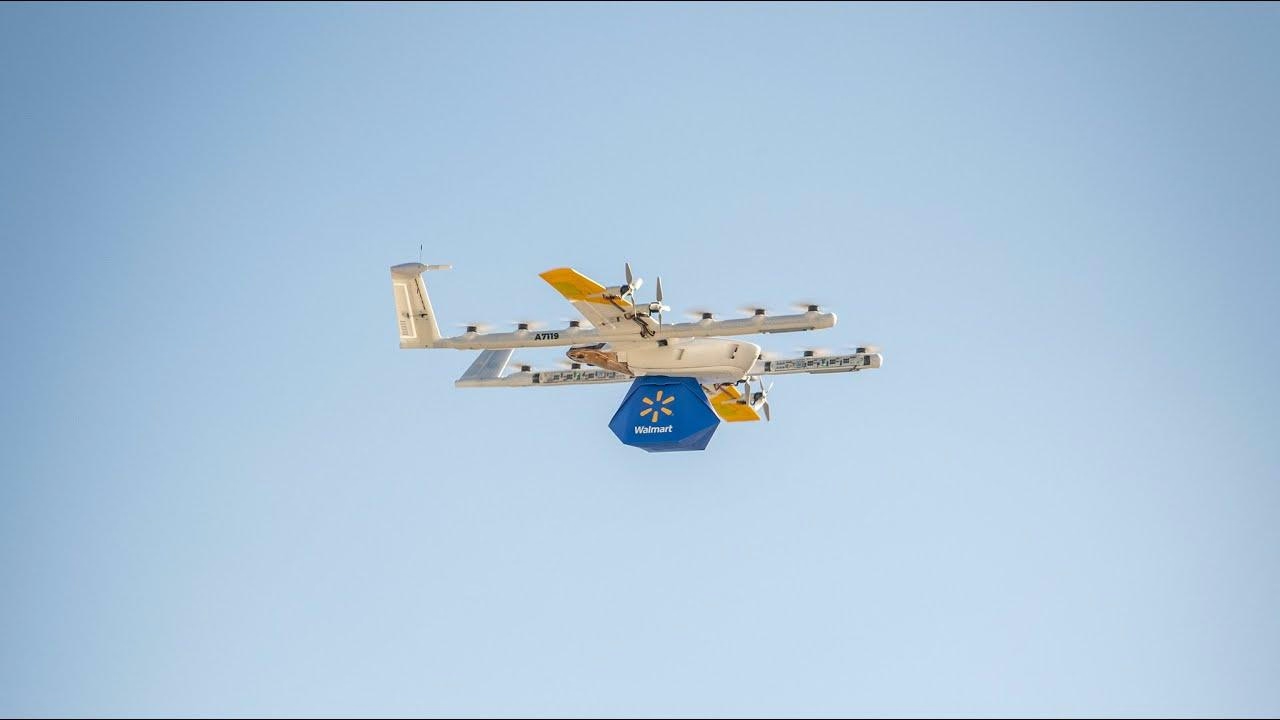
Concordia Partners to Advance Drone and E-Aircraft Technology

Sarla Aviation to Invest ₹1,300 Crore in Aerospace Facility in Andhra Pradesh

Passengers Respond Positively to Airline’s AI Flight Attendant
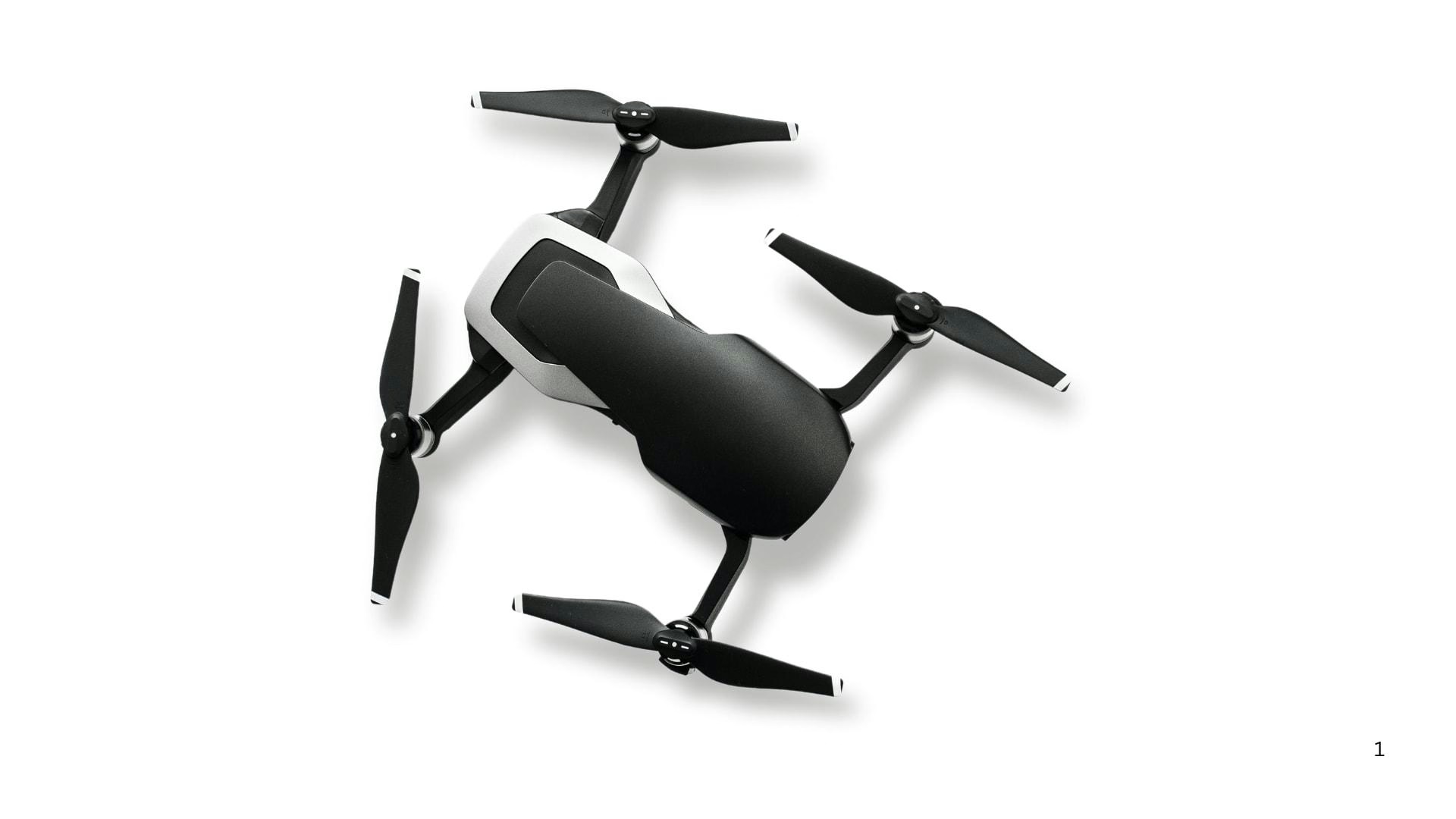
Drone Market Outlook: Trends and Forecasts Through 2033

Google Develops AI for Travel Booking and Updates Travel Tools
